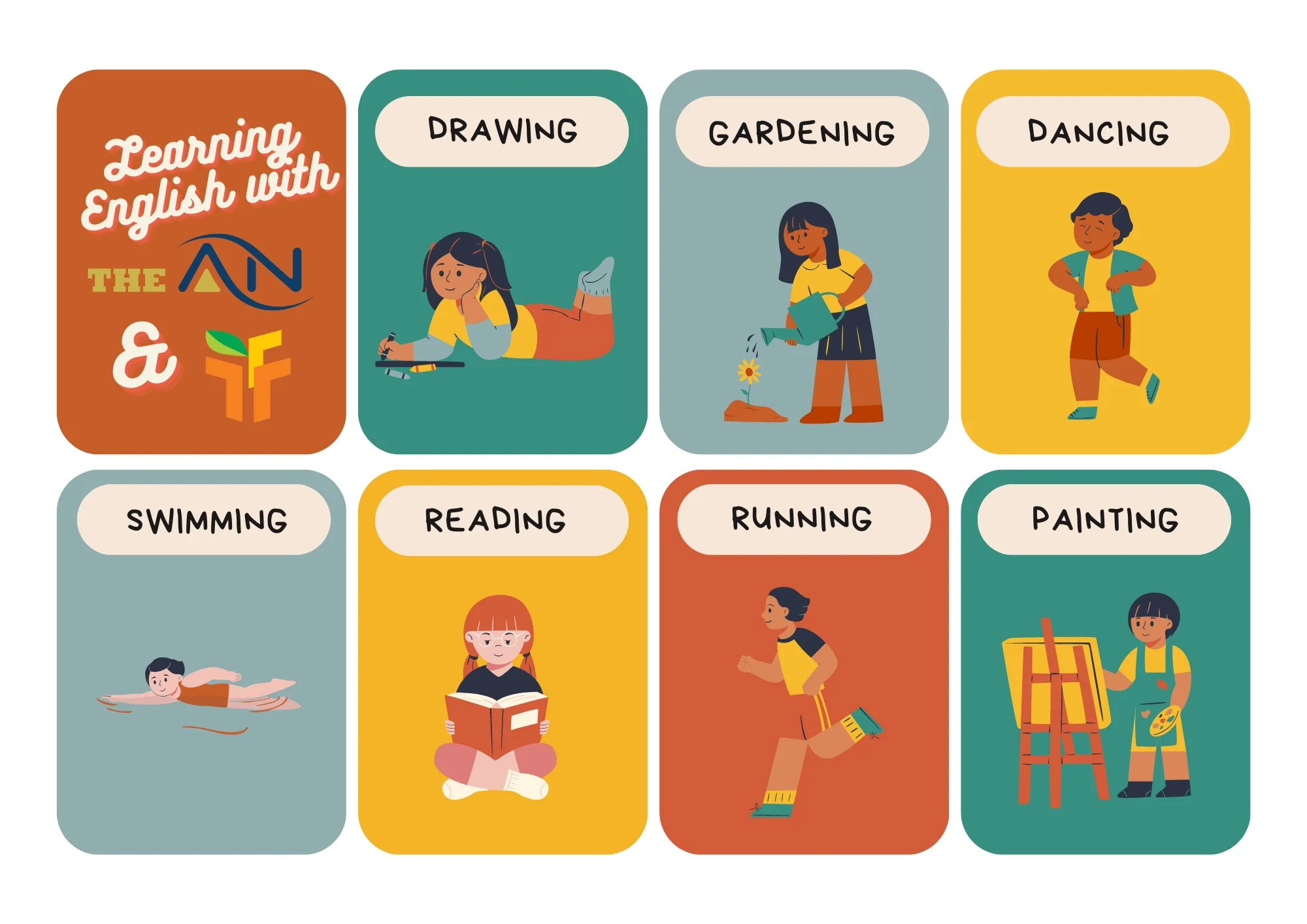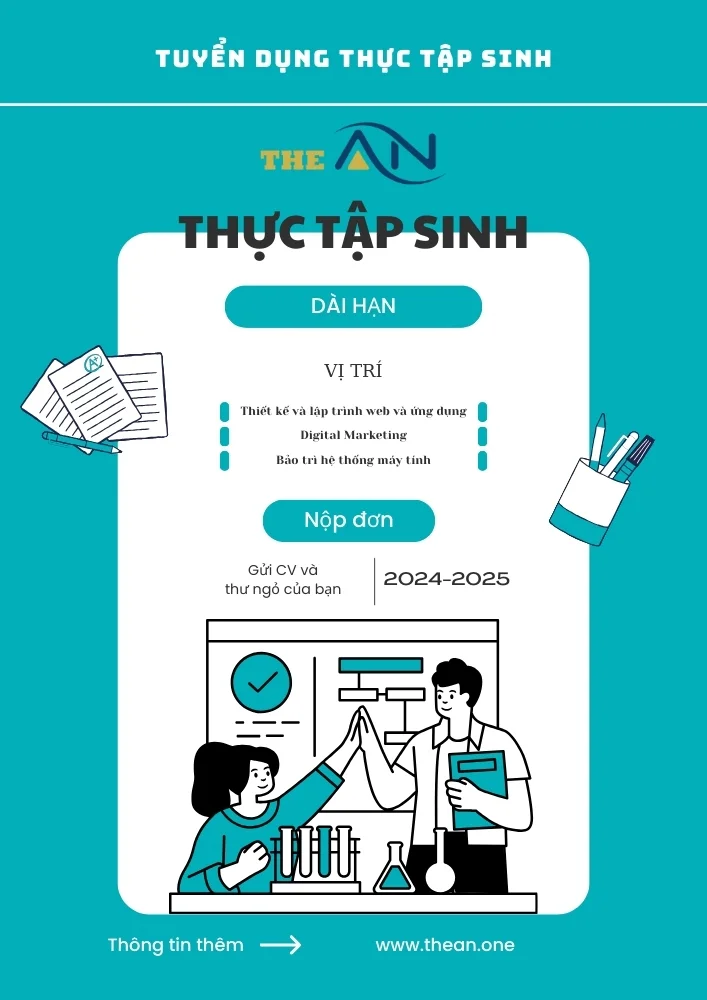Preposition

Prepositions are considered one of the essential topics of the English language. They help in coordinating the usage of words and phrases. These are called prepositions because they relate to something before the word they follow. The following article will deal with the rules of prepositions in the English language, which helps decrease mistakes and make sentences better in terms of clarity, meaning, and grammar. There are some rules that we must learn to be good at it.
Table of Content
- Preposition
- List of 15 Common Prepositions
- Uses of Preposition
- Types of Prepositions
- Conclusion
- Preposition Excercises
- FAQs on Prepositions
Preposition
Rules of prepositions are the general rules in grammar that help us to use prepositions more appropriately. “A preposition is called a connector or linking word which has a very close relationship with the noun, pronoun, or adjective that follows it. Prepositions show position in space, direction, movement, etc.” A preposition is normally found positioned in the latter part of the sentence but before the noun or pronoun. Prepositions provide vital spatial, temporal, and logical relationships between various elements in a sentence, enabling us to communicate with accuracy and finesse. Prepositions, those seemingly innocuous words that often go unnoticed, play a pivotal role in the English language. They are the unsung heroes that connect phrases, words, and clauses, adding clarity and precision to our thoughts and expressions.
For example:
- I sit on the bench. I am sitting on top of something/place. (the ‘On’ preposition is used to continue sitting on top of something/place.)
- I sat on an elephant. (On can be considered as a preposition.)
- I have been reading in my room. I am reading a book in my room.
List of 15 Common Prepositions
| Preposition | Uses |
|---|---|
| About | This preposition can be used to show an amount of time. |
| Above | It shows that something is above or higher than something else. |
| Across | This preposition indicates that one thing is on top of another.
It can also be a verb to indicate the action of moving from one place to another. |
| After | This can be used before days, weeks, months, and years to show when one thing happens after another.
For example: “He came to our house after seven days. |
| Around | This preposition shows the location or boundary of something or the compass direction around a place. For example, we can say, “The boy ran around his sister.” It also shows the movement of a person around a place in the direction of a place or another location.
For example, we can say, “The boy went around his house.” |
| Apart | This indicates that something is separated from another thing.
For example: “She lived apart from me” can be written as “She lived away from me.” |
| At | This preposition is used to show the time when something happens.
For example: “I am at your home.” |
| Behind | This preposition indicates that something is behind or at the back of another thing.
For example: we can say, “He came behind me in line.” |
| Besides | It is used in the sentence to show that one thing is beside another.
For example: “He sat beside me.” |
| Between | This preposition shows the relationship between two things or people.
For example: “Put the book between you and me.” |
| By | It shows the position of something next to or near another thing.
For example: we can say, “I saw your house by my window.” |
| During | This preposition shows the period of something. It also expresses the cause of some results.
For example: we can say, “What are you doing during the daytime?” |
| From | This preposition shows the direction of something from another thing or place.
For example: we can say, “He came from his house.” |
| In | It shows the location of something in or on top of a surface.
For example: we can say, “He is in bed.” |
Uses of Preposition
Prepositions are essential in the English language because they link other parts of the sentence. For example:
i) I have a dog in my house = I have a dog that is moving around in my house.
ii) My younger brother lives in the city = It is my younger brother that lives inside the town or city.
In these sentences, the preposition has been used correctly. There is no confusion regarding part of speech, nor does it confuse anyone about what activity this person does (does he sleep in his house, for example). Another main point that must be considered is that prepositions come after adjectives. In this case, the present participle is not used.
For example:
i) To + noun:
- I am going to a restaurant = I am going toward a restaurant.
- I lied to my teacher = I lied in front of my teacher.
ii) In + noun:
- I have a dog in the house = There is a dog living or moving around with me in my house.
iii) On + noun:
- We put our desks on the ground = We put our desks on top of the floor or ground.
Types of Prepositions
Simple Prepositions:
These are single-word prepositions that show basic relationships.
=> Examples: in, on, at, under, over, by, with, to, from, for, of, about, through, across.
Compound Prepositions:
These are prepositions formed by combining two or more words.
=> Examples: in front of, because of, instead of, on top of, out of, according to, apart from.
Prepositional Phrases:
These are groups of words containing a preposition and its object.
=> Examples: in the park, at the table, on the roof, under the bridge, with my friends.
Time Prepositions:
These prepositions indicate when or for how long something happens.
=> Examples: before, after, during, in, on, at, since, for, until, by, from, to.
Place Prepositions:
These prepositions indicate where something is located.
=> Examples: in, on, at, by, under, over, above, below, inside, outside, between, among.
Directional Prepositions:
These prepositions indicate the direction of movement.
=> Examples: to, from, into, onto, out of, towards, through, across, along, up, down.
Agent Prepositions:
These prepositions indicate the doer of an action.
=> Examples: by, with.
Manner Prepositions:
These prepositions indicate the manner or way in which something is done.
=> Examples: by, with, like.
Possession Prepositions:
These prepositions indicate ownership or possession.=> Examples: of, with.
Purpose Propositions:
These prepositions indicate the purpose or reason.
=> Examples: for, to, with.
Conclusion
A preposition is just a connector and is needed to make sentences clear. Many prepositions can be used in English. We must remember that it must be placed in the correct place where required and must not be confused with other parts of speech. There are some rules that we should learn to be good at it. It will take time to get used to this skill, but in the long run, it will help us to communicate with people better, refine our language and make us more comfortable communicating with other people.
Preposition Excercises
a) by
b) with
c) to
d) over
=>Answer: by, with
a) to
b) in
c) near
d) for
=>Answer: in
a) to
b) on
c) from
d) through
=>Answer: on, through
a) for
b) at
c) to
d) from
=>Answer: to
a) over
b) to
c) from
d) as
=>Answer: to, from
a) next to
b) to
c) in
d) as
=>Answer: in
a) with
b) in
c) to
d) on
=>Answer: with, in
a) at
b) on
c) in
d) from
=>Answer: on
a) over, through
b) above, across
c) across, toward
d) over, behin
=>Answer: over, through
a) at
b) to
c) from
d) in
=>Answer: at
FAQs on Prepositions
It is used to express the relationship between different words. The relation can be physical like “in,” “on,” “to,” etc. Also, it can be psychological, like “because,” and also it can show purpose like “to” and “for.”
A noun (noun) is a part of speech that specifies a person, place, or thing. A pronoun (pronoun) is used in place of a noun because it substitutes for the name of a person, place, or thing.
An article is used before the noun, and it shows detail, like “the,” “a,” and “an.” And a preposition is used to link between words and shows different states or purposes. For example: “to, at, in,” etc… There can be many prepositions that are not included here.
Prepositions are words that show the relationship between nouns or pronouns and other words in a sentence. some examples are:
- In: She lives in the city.
- On: The book is on the table.
- At: They arrived at the airport.
- By: I traveled by train.
- With: She went shopping with her friends.
- For: He bought a gift for his sister.
- To: They walked to the park.
- From: I received a letter from my cousin.
- Between: The cat is between the two chairs.
- Under: The dog is hiding under the bed.
- Above: The bird is flying above the clouds.
- Beside: The lamp is beside the sofa.
- During: He fell asleep during the movie.
- Across: They swam across the river.
- Against: The car is parked against the wall.
These words help clarify the relationships between objects, locations, and actions in sentences.
To recognize a preposition, look for words that show the relationship between nouns or pronouns and other words in a sentence. Prepositions often indicate location, direction, time, or relationships. Common examples include “in,” “on,” “at,” “by,” and “with.”
Prepositions are words that show the relationship between nouns or pronouns and other words in a sentence. When used with nouns, prepositions help specify location, direction, time, and relationships. Some examples are:
- In: She lives in the city.
- On: The book is on the table.
- At: They arrived at the airport.
- With: She went shopping with her friends.
- For: He bought a gift for his sister.
- To: They walked to the park.
- From: I received a letter from my cousin.
- Between: The cat is between the two chairs.
In each example, the preposition clarifies the relationship between the noun and other elements in the sentence.
Prepositions can be combined with verbs to create phrasal verbs, altering the verb’s meaning. For example:
- Look up: Search for information.
- Run into: Unexpectedly meet someone.
- Get up: Rise from a seated or lying position.
- Turn on: Activate a device.
- Call off: Cancel something.
- Talk about: Discuss a topic.
- Listen to: Pay attention to sounds or music.
- Look for: Search for something.
- Go out: Leave home for social activities.
- Come in: Enter a place.
These combinations provide nuances to the actions described in sentences.
Prepositions can enhance adjectives by providing context. Examples are:
- Afraid of: Fearful of something.
- Interested in: Curious about a subject.
- Good at: Skilled in an activity.
- Familiar with: Knowledgeable about something.
- Proud of: Satisfied with an achievement.
- Tired of: Exhausted by repetition.
- Excited about: Enthusiastic about something.
- Happy with: Content or satisfied with a situation.
These combinations clarify emotions or attributes linked to the described nouns.
Quý anh/chị đang tìm kiếm một doanh nghiệp uy tín cung cấp dịch vụ Công Nghệ Thông Tin như Thiết kế và lập trình website, Digital Marketing, hoặc dịch vụ Bảo trì và chăm sóc hệ thống máy tính, ...? Đừng ngần ngại hãy liên hệ với The ÂN qua số điện thoại (+84).326.418.478 để được tư vấn cụ thể, hoặc liên hệ qua mẫu tin.
Các thông tin nổi bật khác:









